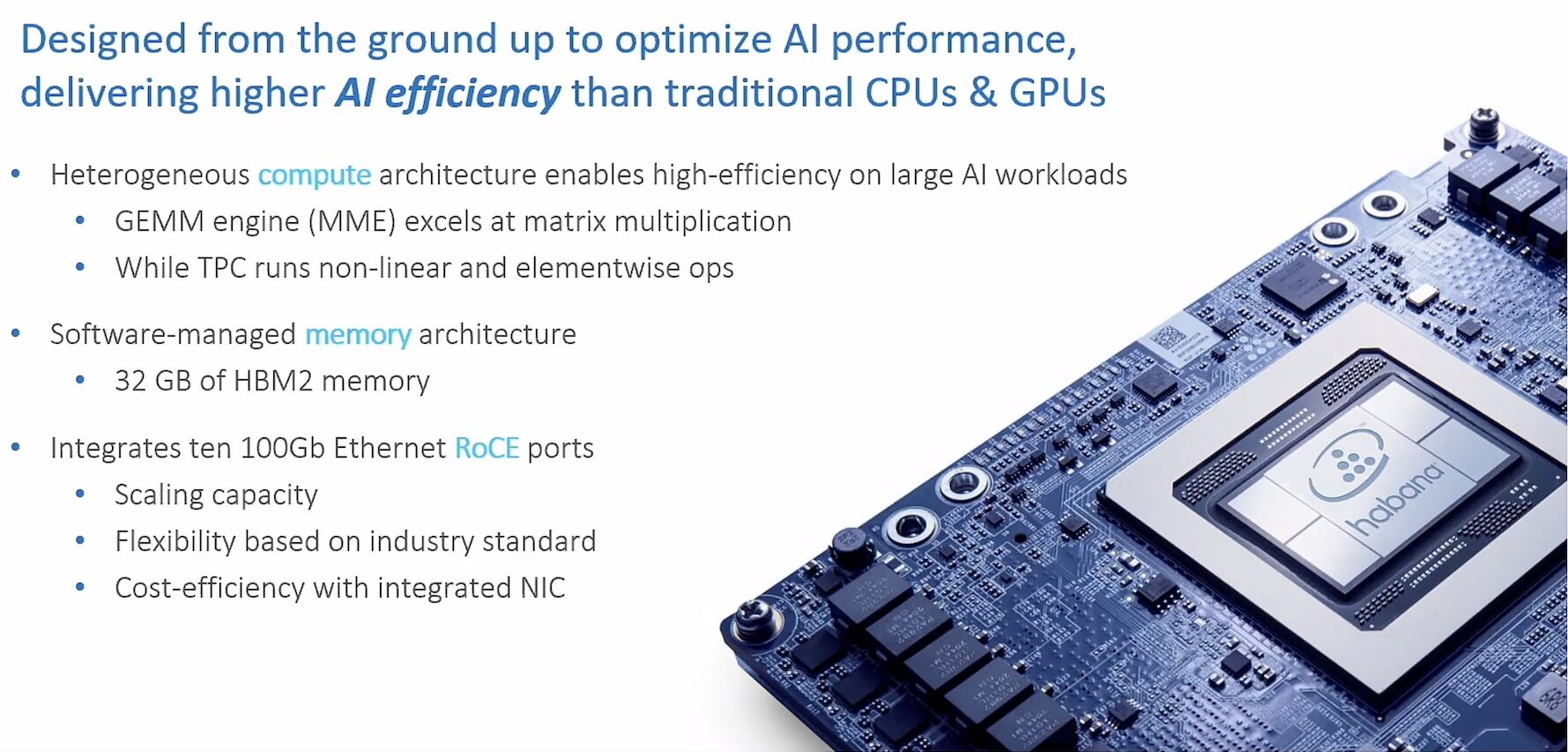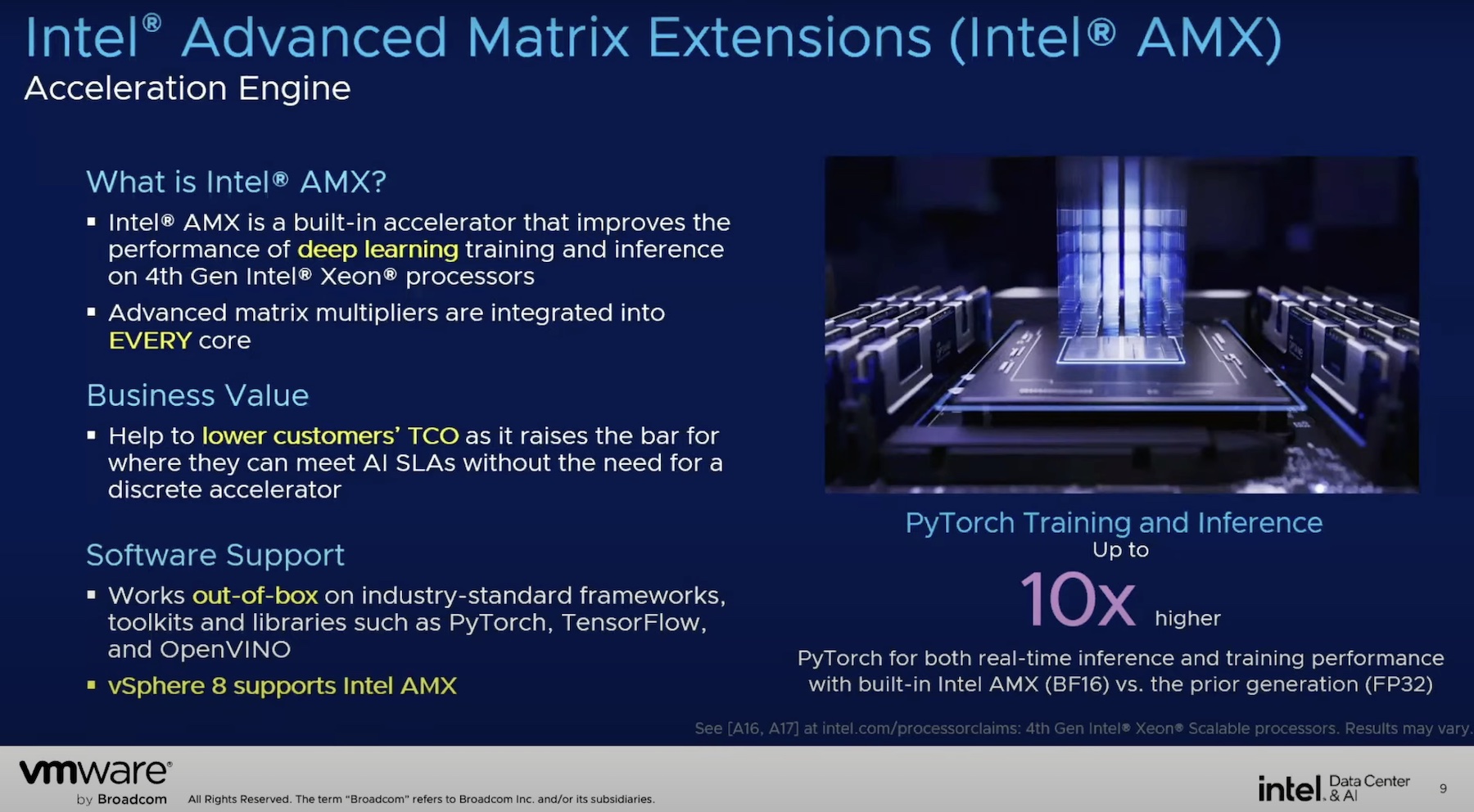Intel released a new top dog Xeon, the Xeon E7-8894 v4. This beefy little server CPU is based on the Broadwell-EX die, clocks in at 2.4 GHz on each of its 24 cores, and costs $8,898.00. It doesn’t look like much of a bump over its predecessor, the E7-8890 v4, with just a 200 MHz frequency bump for an extra $1,700.00. Still, all of this fits into a tight 165W thermal envelope, which is genuinely impressive. It definitely a niche chip that will appeal to those that need the absolutely best performance in 8-socket servers where cost is no object.
But at that almost comically high price, what else could you buy? I did some research:
4x Intel Xeon E7-4830 v4 with a motherboard
Depending on your needs, this might be a better solution. It’ll burn through more energy, but you get all the reliability features of the pricier Xeon. Plus for the money, you’re getting over twice the cores and cache! You won’t have bragging rights for the fastest data center in town, but they’ll probably get the job done.
A Not Top of the Line Mac Pro with 2013 Components

Need a machine that laughs in the face of technological progress? The Mac Pro is for you. You sacrifice 20 cores compared to the E7-8894 v4, but you gain 64GB of ECC DDR3 (which in 2013 must have sounded great). Sadly, upgrading to dual FirePro D700 GPUs pushed it over even the cost of Intel’s most expensive Xeon ever. If you ever wanted to rack mount a garbage can, this would be a worthwhile alternative.
Half a Year of a Capable EC2 Linux Instance

If you need some processing power, how about a beefy EC2 instance for 6-months? You get 60GB of RAM, 32 CPUs, and over 3TB of storage. 88 EC2 compute units isn’t anything to sneeze at!
~1,700 Raspberry Pi Zeroes

While the Xeon E7-4830’s would give you a lot of computing power, you’re still short on RAM. Luckily, with roughly 1,700 Raspberry Pi you get 850 GB of sweet DDR2 to use to your heart’s content. Plus I still think you could power most of them off a single USB hub.
1959 Studebaker Silver Hawk Base

While far less efficient with Big Data workloads, arguably more expensive to maintain over time, and in general useless for a large enterprise, the cherry red paint job would look great.





An important point about the Cost. The Chip is minimum 4-Way, so you must buy at least 4, and 8-Way requires a Blade Setup.
Once you get past that you are paying double for Cores that use 50% of the Electricity; that many Cores might suit being used by 200 people (or just 1, me) so you would want to keep as many in use as possible – so usage at Home is limited by Electricity and Connectivity (you’ll need to pay for ‘bigger wires’) and cooling is a serious consideration.
Worth it IF you run a Rack (in a Business / Industrial location) – as useful as owning a Rocket to drive the kids to school (useless for the average person, except as a Cloud Client – IE: You’re on of those 200 people mentioned above, so it’s NOT as though YOU will never get to use one).
A 2-Way is likely plenty for the average Nerd Home User, and this Chip won’t work with so few siblings.
So, crys that it’s too expensive are incorrect – it’s not “expensive” IF you need it. The Cost is the shock value for the uninitiated, much like wandering around the Bentley Dealership when shopping for your teenager’s first care – no need to be silly about it.